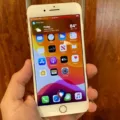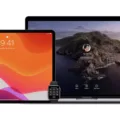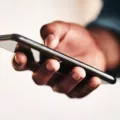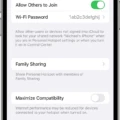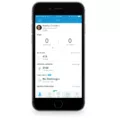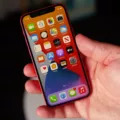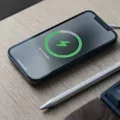If you’re the proud owner of an iPhone 6, you miht have heard about the baseband chip that is installed in this device. The baseband chip is responsible for handling all the cellular communication functions of your iPhone 6. This includes making and receiving calls, sending and receiving texts, and accessing mobile data. Without a functioning baseband chip, your iPhone 6 will not be able to use any of these features.
Unfortunately, there are a variety of issues that can cause the baseband chip to malfunction or becoe damaged. This can lead to decreased call quality, inability to make or receive calls, and even complete loss of service. In some cases, the baseband chip may need to be replaced in order to restore full functionality.
If you’re experiencing any issues with your iPhone 6’s cellular service, it may be due to a malfunctioning or damaged baseband chip. There are a few different ways you can check if your device is having trouble with its baseband chip. First, try dialing *#06# on your phone’s keypad – if it fails to display the International Mobile Equipment Identifier (IMEI), then this could indicate a problem with the baseband chip.
Another way to test for problems with your device’s baseband is by going into Settings > Cellular and checking if your line is turned on or off. If it’s off, try turning it back on and then checking for service; if there still isn’t any service available after turning it back on agin then this could suggest an issue with the baseband chip.
Finally, if you attempt an iOS update or restore but get an error message such as “Error 1/ -1 in iTunes restored failed” (for iPhone 6S/6SP/7/7P/8/8P) or “Error 4013” (for certain models) then this could also indicate a problem with the baseband chip that needs to be addressed before proceeding furher with the update or restore process.
In summary, there are sveral signs that can point towards needing a new baseband chip for an iPhone 6 – from failing IMEI tests to specific error messages during updates or restores – so make sure you keep an eye out for these indicators so that you can get your device up and running again as quickly as possible!
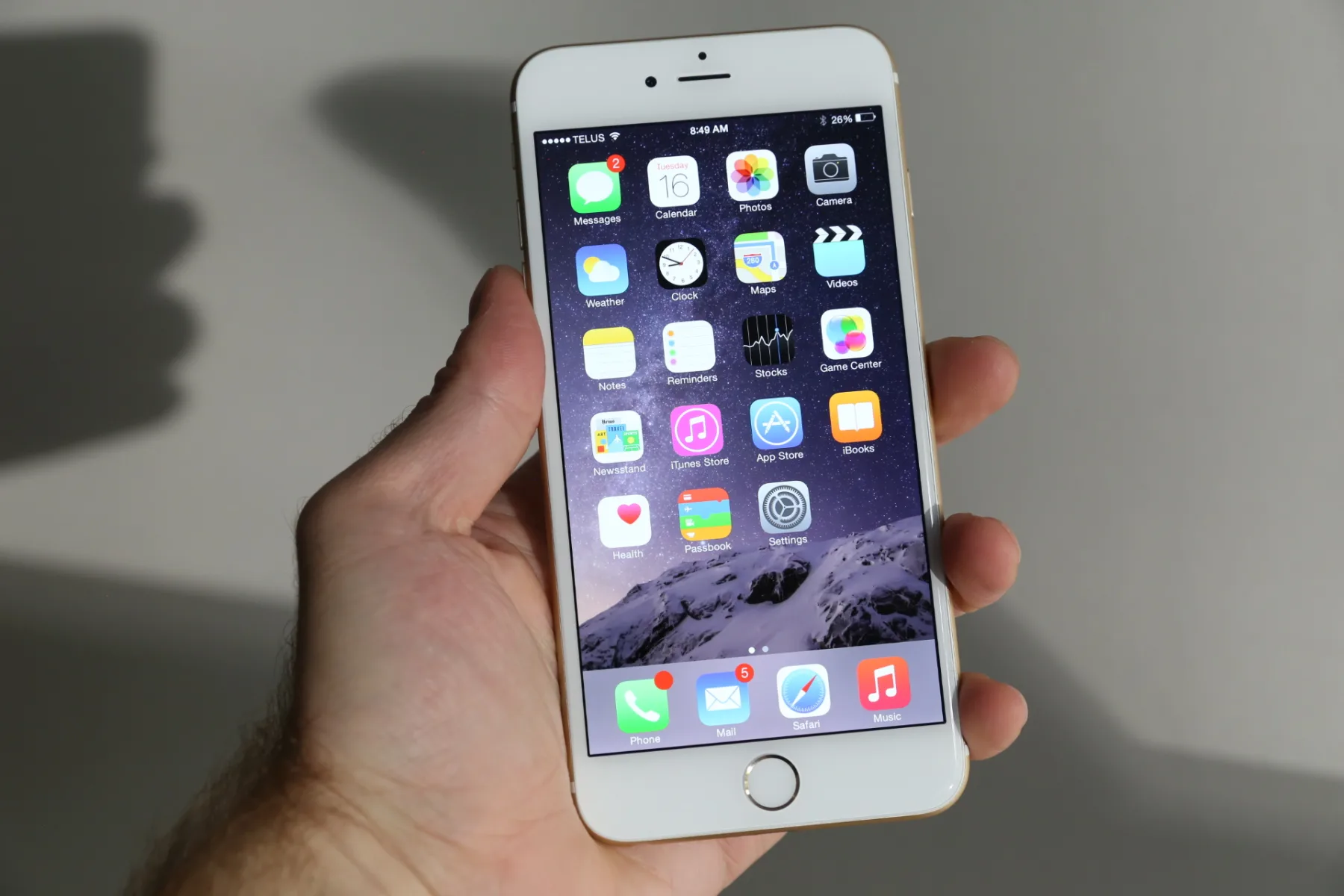
Checking the Baseband on an iPhone 6
If you have an iPhone 6 and want to check your baseband, you can do so by following these steps:
1. Go to the Settings app on your device.
2. Tap on General, then About.
3. Scroll down until you see the field labeled “Modem Firmware” or “Baseband”. The number in this field is your current baseband version.
4. If you want to check for a more recent version, go to Settings > General > Software Update and make sure that your phone is up to date with the latest iOS version availabe for your device. This will also update your baseband if a new one is available.
Understanding the Meaning of Baseband in iPhone
Baseband is a term used to refer to the cellular communication component of your iPhone. It is responsible for connecting your device to cellular networks, allowing you to make calls and access the internet. The baseband device is the chipset that manages all functions which require a cellular antenna, such as making and receiving calls, sending and receiving text messages, and accessing the internet. It has its own RAM and Firmware in NOR flash, separate from the main processor of your iPhone. To ensure optimal performance, Apple frequently releases software updates for the baseband device.
Identifying a Broken Baseband
To determine if your baseband is broken, you should first check if your phone can make and receive calls, as well as send and receive text messages. If it cannot do any of thse things, then it is likely that the baseband has failed. Additionally, you can try dialing *#06# to see what IMEI number is displayed on the screen; if it is blank or incorrect, then this also indicates that the baseband may be broken. Lastly, if you have attempted a restore using iTunes and received an error code like 1 or -1, or error 4013 for iPhone 6S, 6SP, 7, 7P, 8 or 8P models, then this can also indicate a baseband issue.
Troubleshooting No Service on iPhone 6
If you’re havig trouble with no service on your iPhone 6, there are a few things you can do to try and fix the issue.
First, make sure that the cellular line is turned on. Go to Settings > Cellular and check if your cellular line is on; if it’s off, turn it back on. Once you’ve done this, check to see if you have service.
If your cellular line isn’t showing up in Settings > Cellular, you may need to set up an eSIM or insert a physical SIM card. Check with your carrier for more information about how to do this.
If your phone sill isn’t working, try restarting it and then checking for service again. You can also try resetting your network settings by going to Settings > General > Reset > Reset Network Settings.
Finally, if none of these steps work, contact your carrier for further assistance or take the device into an Apple Store for support.
Identifying the Baseband of an iPhone
To find out the baseband of your iPhone, first tap on the Settings app. Then tap General and scroll down until you see About. Here you will find information regarding your iPhone’s current software version, including the baseband version.
Does Resetting an iPhone Fix No Service Issues?
Yes, resetting your iPhone’s network settings to factory defaults can help fix the No Service issue on your iPhone. This process will erase all of your stored Wi-Fi networks and passwords, so you’ll have to reconnect to them again and re-enter your passwords. After the reset is complete and your iPhone reboots, the No Service problem may be resolved.
Conclusion
In conclusion, the Baseband is a critical component of the iPhone 6, as it manages all functions that require a cellular antenna. If you suspect that your iPhone 6 may have a service issue, you can test this by checking to see if the phone displays the International Mobile Equipment Identifier (IMEI). Additionally, you can also try dialing 112 or check for Error 1 or -1 in iTunes restored failed. Lastly, you can check to see if your cellular line is turned on in Settings > Cellular. If any of thee methods do not resolve your issue, then it may be best to contact Apple support for further assistance.

